News from our Partners
Discover blog series and articles published by various organisations for the World Malaria Day, 2016.
Photo: PATH
A new video produced by the WHO: "Over the past 15 years, there has been a dramatic decline in the global burden of malaria. But our journey is far from over".
Photo: WHO
This report contains the latest available data on malaria policies, interventions and trends in all endemic countries.
Photo: WHO

On 23 October, WHO's Strategic Advisory Group of Experts (SAGE) on Immunization and the Malaria Policy Advisory Committee (MPAC) jointly recommended pilot introductions of RTS,S/AS01, a vaccine that confers partial protection against malaria in young children. The vaccine is being assessed as a complementary malaria control tool that could potentially be added to – but not replace – the core package of proven malaria preventive, diagnostic and treatment measures.
Photo: WHO logo
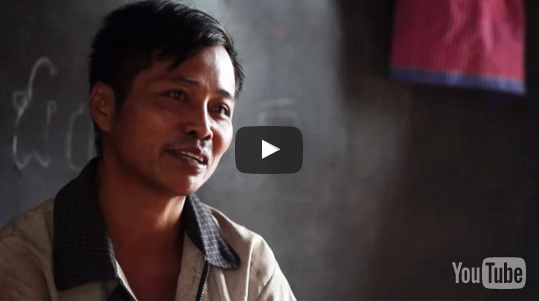
The video shows how malaria impacts the lives of people in Cambodia and what MMV is doing to tackle drug-resistant malaria.
Photo: MMV

A new study from WWARN’s ACT Africa Baseline Study Group finds that current indicators of the efficacy of ACT based on persistence of parasites in the first 3 days after treatment may need some adjustment for African populations, due the differences in immunity between African and Asian populations.
Photo: The World Bank

This report summarizes the remarkable progress seen, on a global and regional level, in reversing malaria mortality and incidence since 2000. It introduces malaria and the strategies used to fight the disease, outlines progress according to each of the Millenium Development Goals (MDGs) indicators, and highlights the main challenges that remain in controlling and eliminating this disease.
Photo: The WHO/UNICEF Report
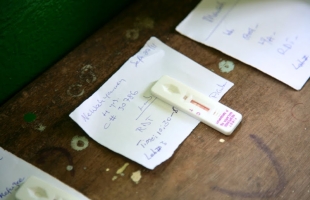
Malaria rapid diagnostic tests (RDTs) assist in the diagnosis of malaria by detecting evidence of malaria parasites (antigens) in human blood. RDTs permit a reliable detection of malaria infections even in remote areas with limited access to good quality microscopy services. This site provides information and guidance to malaria control programmes and health services, test kit manufacturers as well as organizations and individuals considering the use of RDTs.
Photo: WHO website

They also developed a short animated video explaining transmission-blocking vaccines.
The blog was posted by the Thomson Reuters Foundation and the video lives on the PATH YouTube page.
Photo: PATH youtube "A Vaccine That Could Help End Malaria"

At a global meeting in New Delhi, WHO released a new document which describes strategies aimed at controlling and eliminating Plasmodiumvivax, the cause of an estimated 16 million malaria cases worldwide in 2013.
Download the technical brief on control and elimination of Plasmodium vivax malaria
Photo: WHO
WHO has published an updated Q&A about RTS,S/AS01, a malaria vaccine being developed through a partnership between GlaxoSmithKline Biologicals and the PATH Malaria Vaccine Initiative.
Photo: WHO logo

A collaboration between the Global Health Innovative Technology (GHIT) Fund, Takeda Pharmaceutical Company Limited (Takeda) and Medicines for Malaria Venture (MMV) has recently progressed a promising antimalarial compound, DSM265, into a phase IIa clinical trial in Iquitos, Peru.
Photo: GHIT Logo
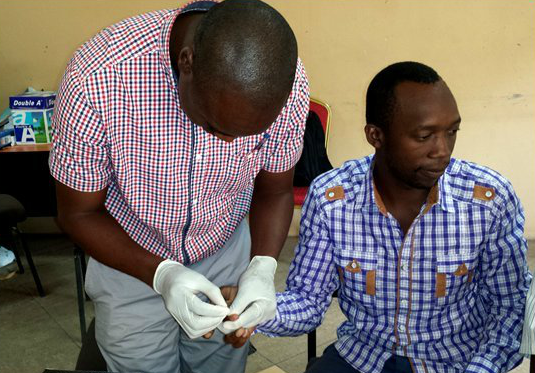
In case you missed last month’s interactive webinar, the recording is now available. This event was moderated by MalariaCare’s Dr. Jamie Eliades and Ms. Nicole Whitehurst with panelists Dr. Jane Cunningham, World Health Organization, Switzerland, Dr. Daniel Kyabayinze, Foundation for Innovative New Diagnostics, Uganda, Ms. Yunhee Kim, Standard Diagnostics, Republic of Korea and Dr. Daouda Ndiaye.
Photo: Malaria Care
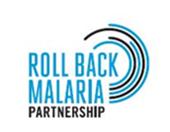
RBM app is now available, which is a comprehensive interactive resource that directly connect readers with the latest RBM news feeds and provides users with up to the minutes information on its activities.
Photo: RBM Logo

TDR funds specific research projects in diseases of poverty, which covers infectious diseases and culture and environment that contribute to these problems.
Photo: TDR Logo
Three projects funded by the Malaria Eradication Scientific Alliance (MESA) in Cambodia, Kenya and Tanzania looked at what can be done to reduce efficacy decay of malaria interventions in different settings, and the feasibility of clearing parasites from asymptomatic people.
Photo: MESA

Photo: Bianca D'Souza
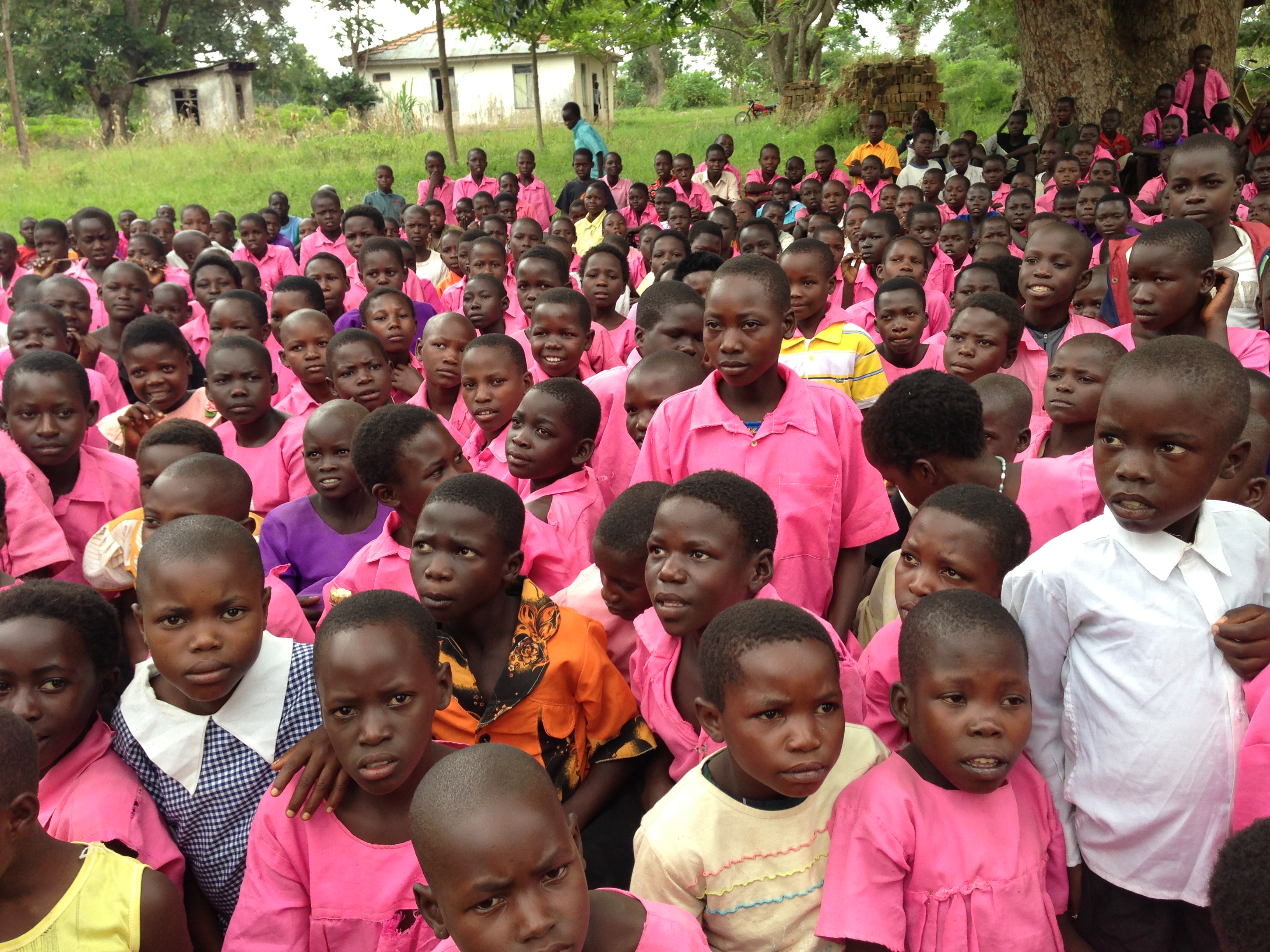
Photo: Bianca D'Souza
 The report from the Malaria Centre of the London School of Hygiene & Tropical Medicine details all the work ongoing since 2012 by the members of the Centre, including the ACT Consortium.
The report from the Malaria Centre of the London School of Hygiene & Tropical Medicine details all the work ongoing since 2012 by the members of the Centre, including the ACT Consortium.
Photo: Malaria Centre / Mala (Matt Murphy/Handsome Frank)
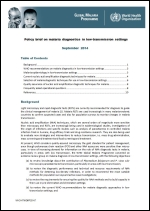
Photo: Global Malaria Programme

This series of articles and social media assets highlights the new strategies, innovations and tools needed to finally eradicate malaria. Created by Malaria No More and hosted on international development site, Devex.
Photo: Malaria No More
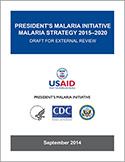 With the current Malaria Strategy – developed under the Lantos-Hyde Global Leadership against HIV/AIDS, Tuberculosis, and Malaria Act – coming to an end in 2014, the U.S. President’s Malaria Initiative (PMI) is developing a follow-on PMI Strategy for 2015–2020. PMI is now seeking external comment on the strategy through a survey.
With the current Malaria Strategy – developed under the Lantos-Hyde Global Leadership against HIV/AIDS, Tuberculosis, and Malaria Act – coming to an end in 2014, the U.S. President’s Malaria Initiative (PMI) is developing a follow-on PMI Strategy for 2015–2020. PMI is now seeking external comment on the strategy through a survey.
Photo: PMI website

Colleagues at the WorldWide Antimalarial Resistance Network (WWARN) share the resultss of the TRAC study published in the New England Journal of Medicine, which confirms the spread of artemisinin resistance in South-East Asia.
(WWARN news, August 2014)
Photo: Shunmay Yeung/TRAC and ACT Consortium

Scott Wittet from MalariaCare at PATH highlights the importance of diagnosis an treatment in managing illnesses that cause fever.
(Making Malaria History blog, August 2014)
Photo: Kammerle Schneider/PATH

Débora Miranda from the ACT Consortium is guest contributor to the PATH blog after World Malaria Day, highlighting the importance of targeting antimalarial drugs to those who need them.
(Drug and Development Global Program, PATH blog, May 2014)
indicators of the efficacy of ACT based on persistence of parasites in the first 3 days after treatment
- New video: Progress and gaps in the fight against Malaria




